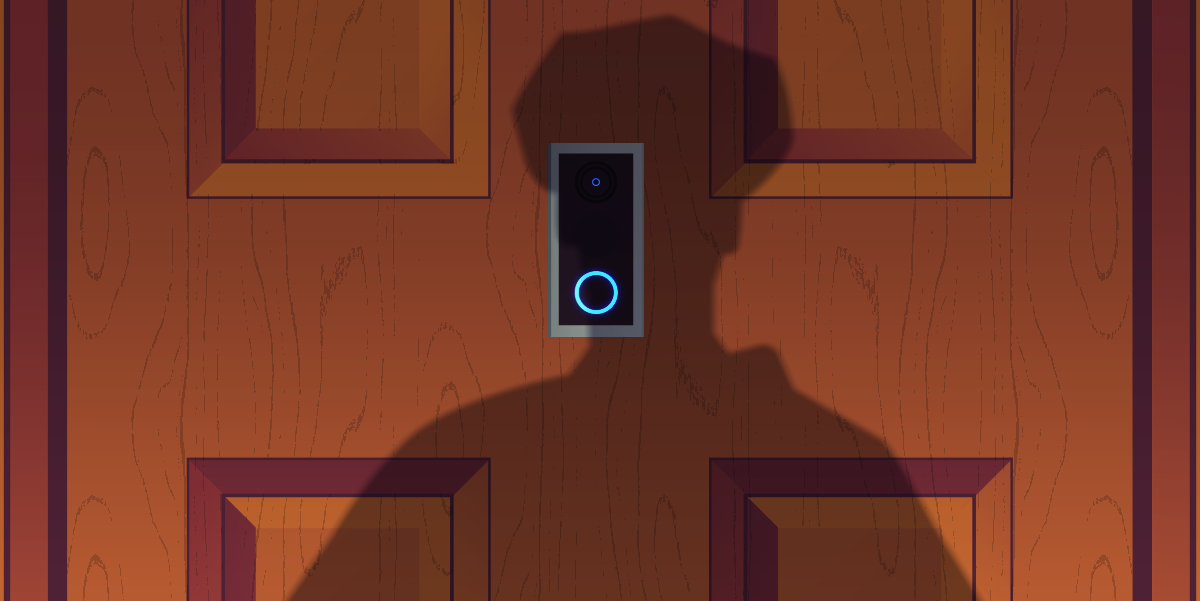Ring founder Jamie Siminoff is back at the helm of the surveillance doorbell company, and with him is the surveillance-first-privacy-last approach that made Ring one of the most maligned tech devices. Not only is the company reintroducing new versions of old features which would allow police to request footage directly from Ring users, it is also introducing a new feature that would allow police to request live-st



Just buy a Reolink Doorbell. Pop in an SD card. Put in on your wifi or LAN and access it with your browser. You’re done. It’s all local. There’s an optional app that does need an external server, but that’s optional and there is no subscription.
Reolink devices still reach out to a bunch of different servers across the world as soon as you connect them to a network.
Always isolate an IP doorbell or camera on its own access point or virtual network, where it can’t see or interact with other devices on your local network, and then block it from WAN access.
Ok, but one of the most important use cases is non-local access.
If I’m at home I can just go to the door.
Wireguard/tailscale in?
This is highly unlikely to be able to notify you of someone ringing the door. It’s doable, but takes some tinkering which most people are not able to do because of all the reasons mentioned in previous comments.
I don’t know anything about this product, but if the data is just on an SD card attached to the doorbell, couldn’t someone just steal the SD card? Like, this is why offsite storage for cameras is useful.
Sure. That’s why I have my Reolink doorbell hooked up to Frigate NVR running on my home server. And frigate is hooked up to my home assistant. But that’s the thorough and secure solution, not the quick and easy solution that the grandparent poster was asking for.